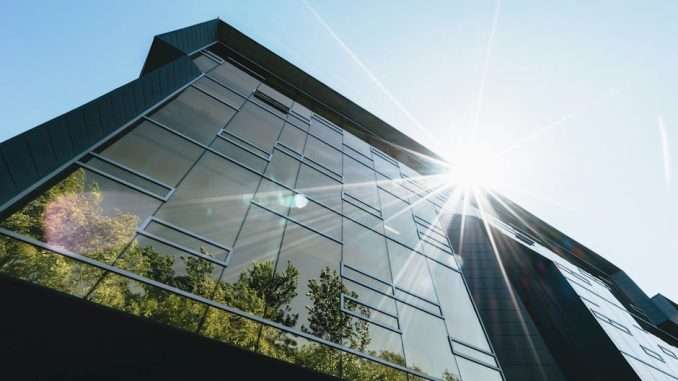
At the epicentre of the United States, Seattle, Washington, and the District of Columbia are redefining what it means to be a city in the 21st century. With a steadfast commitment to sustainability and ingenuity, these urban landscapes are at the forefront of the green building movement, establishing new paradigms for environmental guardianship and eco-conscious architecture. Far from merely conforming to established norms, these cities are actively moulding the trajectory of sustainable urban life, showcasing to the international community the potential future of eco-friendly design.
Read more about sustainable development.
The march towards a more sustainable existence is being steered by pioneering organisations such as the District of Columbia’s Green Building Advisory Council (GBAC) and the Seattle Department of Construction and Inspections (SDCI), with its Green Building Standard. These entities act as catalysts for change, charting a course through the intricacies of sustainability challenges by enforcing stringent criteria and promoting a culture of cooperation and transparency.
In the nation’s capital, GBAC stands at the forefront of an environmental renaissance. This council transcends its regulatory role to become a dynamic engine of change, ensuring that each phase in a building’s lifecycle adheres to the most rigorous environmental standards. GBAC’s influence resonates from conception to the daily operation of buildings, establishing a platform that fosters public participation and allows the community to imprint its values on the city’s architectural identity, propelling policies that advance sustainability.
Seattle’s dedication to this cause is manifested through its Green Building Standard, an extensive framework that harmonises with the city’s ambitious climate objectives. This undertaking extends beyond mere carbon emission reduction; it is about creating living spaces that promote health, energy efficiency, and economic viability. Developers and property owners who adopt these standards not only further Seattle’s environmental goals but also enhance the quality of life for residents.
The green building protocols espoused by both cities acknowledge the interdependence of sustainability, financial wisdom, and community welfare. In the District of Columbia, the integration of renewable energy and energy-efficient technology is coupled with an emphasis on superior indoor air quality. Seattle’s strategy incorporates rainwater collection, sustainable landscaping, and waste minimisation, offering incentives for innovation that meets its green criteria. These strategies represent a collective vision that views sustainability as a complex, multi-benefit endeavour.
Fundamental to the triumph of these green initiatives is the enablement of stakeholders through education and communal participation. Both Seattle and the District of Columbia offer a plethora of resources to demystify green building practices, including comprehensive guides and educational videos. By fostering transparent communication and providing means for enlightenment, the cities ensure that the entire community can partake in the sustainable metamorphosis of their urban habitats.
The cities’ incentive systems further reinforce adherence to green standards. Seattle rewards developers with bonuses such as increased building volume or height for complying with green building criteria. Similarly, the District of Columbia encourages the attainment of green certifications, reflecting a proactive approach to ecological design. These incentives are strategic mechanisms designed to weave sustainable methods into the very fabric of urban development.
Seattle and the District of Columbia’s narratives in the realm of green construction are testament to a deeper ambition for the metamorphosis of urban landscapes. By placing sustainability, resilience, and the well-being of residents at the core of urban evolution, these cities are setting a precedent. They demonstrate how progressive policies and collective efforts can forge communities that are not only eco-friendly but also healthier and more robust in the face of climatic alterations.
The ongoing endeavours of GBAC and the SDCI’s Green Building Standard are far from being isolated tales of success. They act as a source of inspiration for urban centres worldwide, exemplifying how cities can be the driving force behind the creation of a more sustainable Earth. Each policy update, every council assembly, and the construction of each new green building contribute to laying the groundwork for a future where such buildings are the norm. This prospect carries the promise of ecological advantages and foresees communities that are healthier and more enduring for future generations.
As the effects of climate change become increasingly evident, the trailblazing efforts of Seattle and the District of Columbia stand as a formidable indication of the significance of green building in addressing these challenges. The momentum cultivated by these cities is not solely about making an impact in the present; it’s about establishing a path for a future where green buildings are an essential and defining element of our existence, remoulding the essence of urban living towards a more sustainable planet.


Be the first to comment